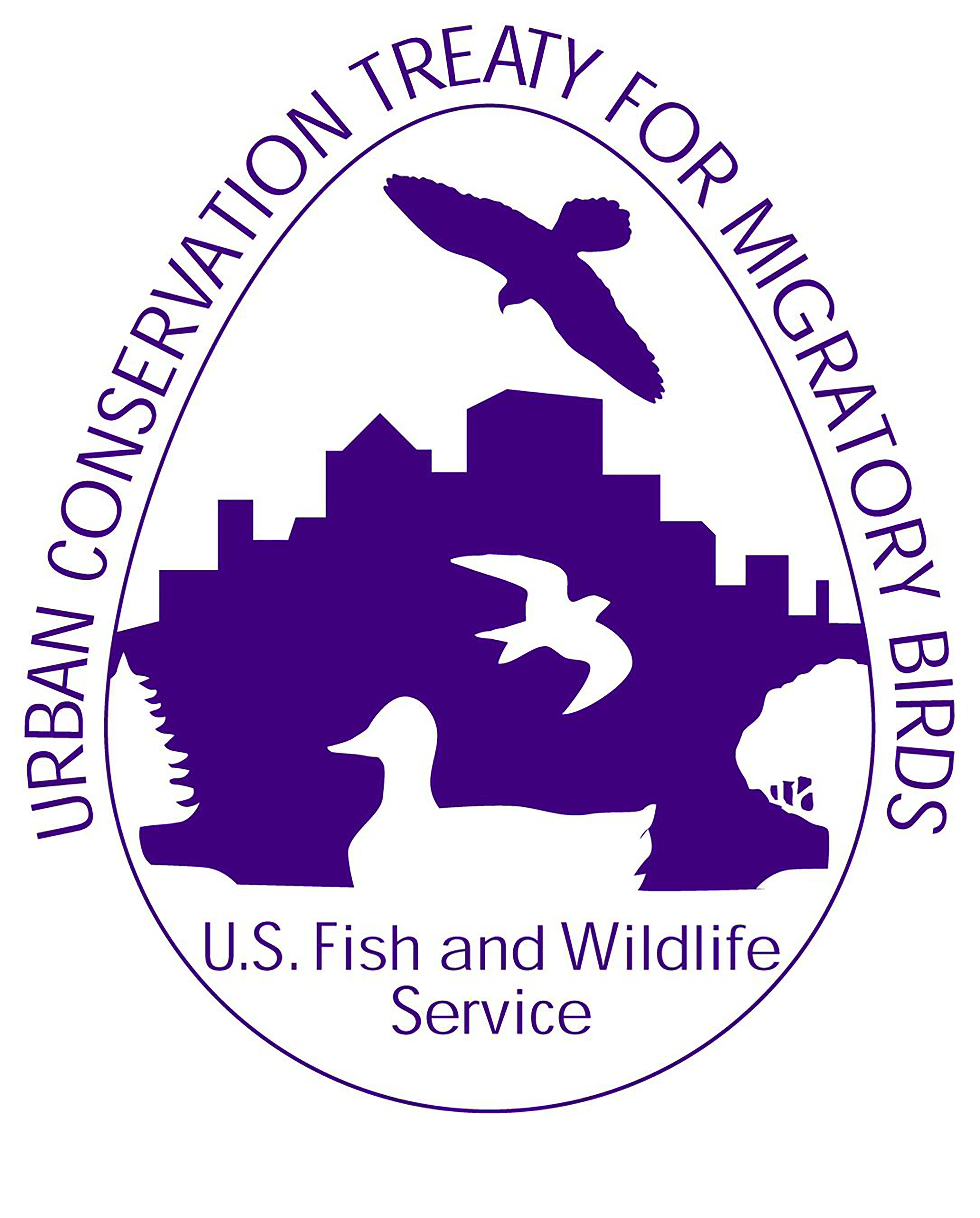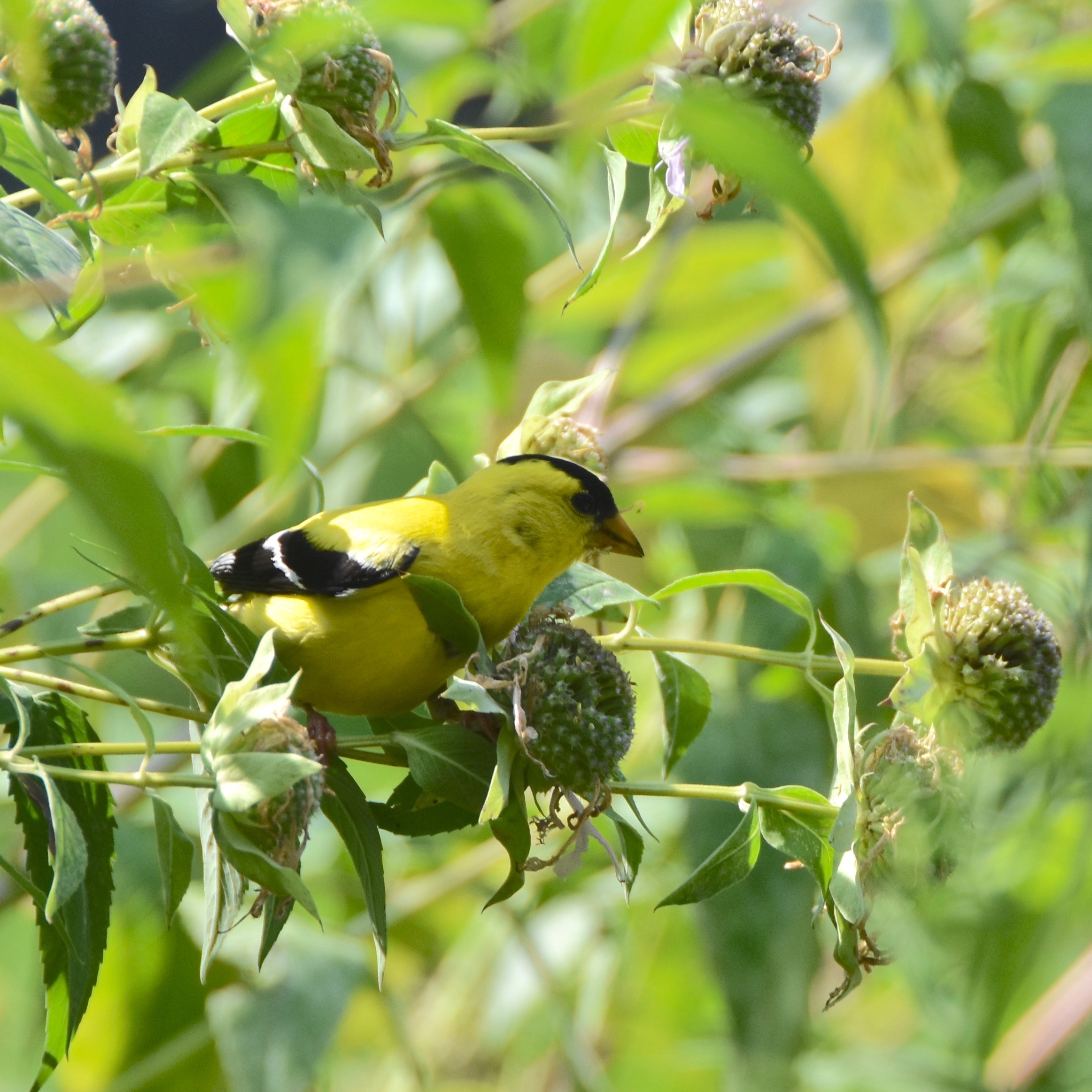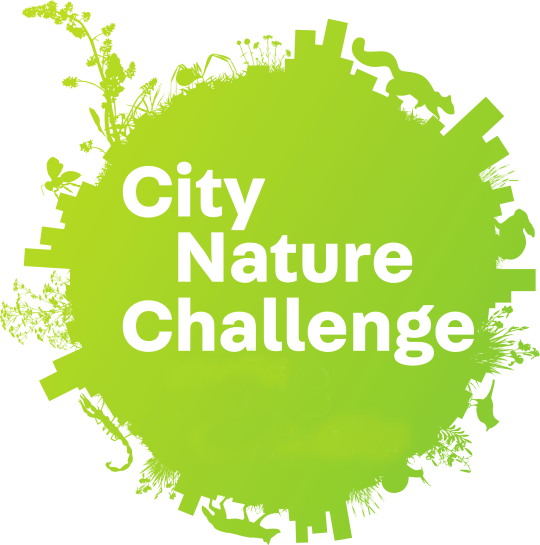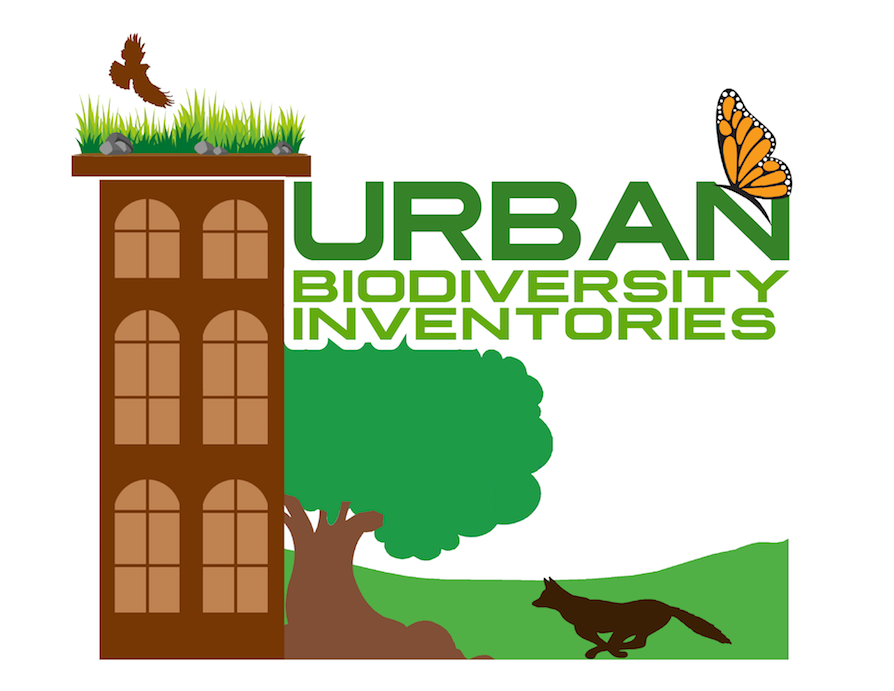Urban Vitality & Ecology
An initiative to connect people to urban natural resources in ways that maximize ecological and economic impact and realizes social benefits to people.

Why Encourage Connections to Nature?
Greenspace can contribute to the social, economic and environmental well-being of the people who live, work, learn and play in cities. The presence of trees, plants and other natural resources can play an important role in providing habitat, improving air and water quality, creating community gathering spaces, shaping neighborhood character, addressing climate issues, enhancing aesthetics and supporting property values. A growing body of research quantifies and affirms the many benefits of urban nature for people.
City of St. Louis Urban Ecology & Connecting with Nature Resources
Biophilic Cities Network
-
St. Louis Biophilic City Resolution
-
On March 15, 2017, the City of St. Louis was formally accepted as a Biophilic Cities Network partner city.
-
The Biophilic Cities Network is a global consortium of cities that prioritize the incorporation of --and connection with-- nature in urban areas.
Birds & Birding Resources


-
In 2000, the City of St. Louis was designated an Urban Bird Treaty City. The Urban Bird Treaty program is overseen by the U.S. Fish & Wildlife Service.
-
Some 250 nests of wading birds were spotted along a single residential block in the summer of 2019 (click to see a photo collage of some of the nesting herons & egrets).
-
Silent Skies is an art mural depicting nearly 700 endangered birds from around the world. The St. Louis Arts Chamber of Commerce is planning to partner with Gateway Arch National Park, the Missouri Botanical Garden and Saint Louis Zoo to display the mural at a later date, due to the pandemic. In the meantime, this video is available of the artwork.
-
Lights Out St. Louis has been launched by the Saint Louis Zoo and St. Louis Audubon Society.
- MO Dept. Conservation - Backyard Birding & Feeding
- Nest Box Dimensions Chart from "Woodworking for Wildlife" (Carrol Henderson)
- Tips on Birding in St. Louis area [www.wgnss.org] from Webster Groves Nature Study Society
- St. Louis Audubon Bird Checklist for St. Louis and Important Bird Areas
-
International Dark Sky Association Missouri Chapter has resources and programs relating to light pollution and its impacts.
City Nature Challenge

-
The City of St. Louis is part of the St. Louis Metro team that participates in the global City Nature Challenge.
-
For resources, check the STL City Nature Challenge tab on the left.
-
The global City Nature Challenge competition is typically held in April.
-
Spring Species FIELD ID Reference Sheets are available for five key habitats. Download the full set, or individual ones below:
-
Urban Tallgrass Prairie Habitat (Spring)
-
Urban Aquatic / Wetland Habitat (Spring)
-
Urban Forest Woodland Habitat (Spring)
-
Urban Designed Greenspace Habitat (Spring)
-
Urban Residential Habitat (Spring)
The species observations made during the City Nature Challenge become part of a biodiversity inventory. If the observation was made in the City of St. Louis, it is part of the City's Urban Biodiversity Inventory.
The City is developing a year-round urban biodiversity inventory and monitoring program, based on noting the presence or absence of surrogate species in six locations in the City. If you would like to learn more or participate in this effort, please contact the Office of Sustainability.
Many citizen science, biodiversity and connecting with nature resources can be found in the STL City Nature Challenge tab at left. Although they were developed for the City Nature Challenge, they can be utilized year-round.
Download the free iNaturalist app: (www.iNaturalist.org) to get started. Details and guidance are on the STL City Nature Challenge webpage.
Connecting With Nature & Equity
-
St. Louis Recommended Nature Diet/Nature Pyramid
-
City of St. Louis Connecting with Nature Map
-
Connecting with Nature Map Locations (hotlinks to map sites)
-
Urban Nature and Intentionality: Elevating Urban Biodiversity and Equity article by Catherine Werner in NRPA Magazine (March 2022)
Monarch Butterflies & Other Pollinators
-
Numerous resources relating to urban monarch conservation are available on the Milkweeds for Monarchs tab at left.
-
The Office of Sustainability has partnered with the National Park Service to co-host The Great MonArch Migration Event at Gateway Arch National Park. See details and photo galleries from the past several years at the tab at left.
-
Sustainable Neighborhood Tool: Create a Pollinator Garden
-
The St. Louis Riverfront Butterfly Byway is a collection of small sites forming a pollinator pathway that consists of 30+ acres of monarch habitat with proximity to the Mississippi River. All Butterfly Byway establishment were established by Spring 2018, and interpretive panels are being installed at several locations.
-
Brightside St. Louis features numerous pollinator conservation materials.
-
St. Louis Zoo - Build Your Own Bee Condo [www.stlzoo.org]
Trees and Urban Tree Canopy
- American Forests Tree Equity Score for St. Louis
- Trust for Public Land ParkServe Urban Heat Island data for St. Louis
- In 2017-18, the Office of Sustainability oversaw a Green Infrastructure Partners for Places grant from The Funders Network to center equity in urban tree planting. The project was designed to address stormwater and build community relationships with first responders by planting 500 native trees in parts of the city experiencing high crime. Community-based tree plantings were held in 4 city parks, and 6 youth were hired as summer Tree Tenders - a program designed to impart natural resource management and urban forestry skills. The City's Sustainability and Parks, Recreation & Forestry Departments had many partners in the effort, including Missouri Department of Conservation (matching funds), Forest ReLeaf of Missouri (coordination), Missouri Botanical Garden (Green Teen Alliance), East-West Gateway Council of Governments (mapping), and the city's police and fire departments.
Urban Biodiversity

-
Urban Biodiversity Monitoring Locations in the City of St. Louis
-
Urban Biodiversity Indicator or Surrogate Species for the City
-
Urban Biodiversity & Socio-Economic Demographic Evaluation
-
Sustainable Neighborhood Tool: Use Native Plants for Biodiversity
Urban Vitality & Ecology (UVE) Background
-
Urban Vitality & Ecology Initiative Stakeholder Retrospective (2013-2016)
-
Urban Vitality & Ecology Initiative Overview (2 pager)
-
UVE Baden Pilot Project Vision Board (2014)
WOW in the City of St. Louis
-
The National Outdoor Recreation and Conservation School, also known as the WOW event, is typically held in Forest Park.
Seizing the opportunity to better connect people to urban nature in ways that maximize economic potential and result in optimal social benefits will require a bold, long-term vision for the future of the City of St. Louis. The City of St. Louis Urban Vitality & Ecology (UVE) Initiative was launched in 2013 to advance objectives in the City of St. Louis Sustainability Plan. In attempting to achieve short and long term goals to connect people with urban natural resources, the UVE initiative will attempt to use a process that engages our diverse community, promotes equity and aligns with stakeholder priorities.
Current
Promote citywide programs and practices that advance eco-literacy and contribute to equitable access to quality greenspaces and nature. Collaboratively develop and implement community-based pilot projects to test process and techniques.
Work with stakeholders with expertise to develop and maintain an urban natural resources/biodiversity inventory and map that reflects current natural assets and future opportunities to enhance, expand and access them.
Longer range
Create a citywide Urban Vitality & Ecology Strategic Action Plan that provides the basis for well-informed policy modifications and community-based decisions, strategically prioritizes both redevelopment and key natural resource opportunities, and identifies actionable items for implementation.
Potential Environmental Benefits
A 50% increase in the City's urban tree canopy would sequester 3,731 additional tons of carbon annually and result in $36.7 Million in avoided stormwater costs.Potential Social Benefits
Exposure to nature can significantly reduce stress and anxiety in urban dwellers. Children's regular contact with nature through environmental education or play can provide health and education benefits, including reduced ADHD symptoms, higher academic performance and increased fitness levels.Potential Economic Benefits
Parks and other greenspace act as economic engines by increasing property value and attracting businesses. The Whitmire Study by the University of Missouri-St. Louis found that, between 1990 and 2000, neighborhoods surrounding community gardens in the City of St. Louis showed much greater economic and social resilience, even while the City experienced a broader economic downturn and continued population loss.Benefits of Connecting with Nature
There have been many studies conducted about the socio-economic benefits of connecting with nature. Here are a few resources:
- Ten Reasons why we need more contact with nature [www.theguardian.com] (Richard Louv)
- Terrapin Green Publications on Biophilia [www.terrapinbrightgreen.com]
- 10 Scientific Studies That Prove The Benefits of Connecting with Nature [www.liveyournature.com]
- 11 Scientific Reasons You Should Be Spending More Time Outside [www.businessinsider.com]
- Biophilic Cities [biophiliccities.org]Research
Enhanced Urban Nature in the City of St. Louis
As St. Louis works toward a more prosperous and sustainable future, some of its land can be transformed into ecologically significant greenspaces that support economic and social development. The City of St. Louis possesses many natural resource assets -- such as its extensive park system and greenspace trails -- and also has many people and organizations working to support them, creating great social capital and an important foundation for the Urban Vitality & Ecology Initiative. At the same time, there is also an overabundance of vacant and underutilized land in the City; evidence of decades of social and economic transition, this land provides both a major challenge and an important opportunity.
As we rebuild and improve our city, St. Louis must maintain that which makes cities urban: dense, walkable neighborhoods that support social ties, economic vitality, efficient transit and a rich array of cultural amenities. Having peaked at a population of ~850,000 in 1950, St. Louis now has a population of ~320,000. Planning for future growth to 500,000, St. Louis can create a new urban form emphasizing:
- attractive and leafy neighborhoods, workplaces and schools,
- outdoor parks and recreation spaces that promote healthy and active living,
- ecological corridors that provide valuable economic, social and environmental services; and
- strategically placed nature reserves for exploring, bird watching, hiking and quiet contemplation.
What Could Success Look Like?
Imagine a St. Louis where dense, walkable and attractive neighborhoods are interwoven with socially vibrant and ecologically thriving natural areas. Some examples of Urban Vitality & Ecology Success could be a St. Louis where:
- All residents easily access parks and greenspaces that build community, provide recreation opportunities and celebrate the region's natural heritage
- Vacant, underutilized land expands its role in the City's economic redevelopment strategy by adding to the City's green infrastructure network, capturing stormwater, cleaning the air, cooling on hot summer days, enhancing neighboring property value and providing recreation for people and habitat for wildlife
- Every child enjoys a safe place to play outside, develops healthy and active living habits, connects with nature and benefits from access to the natural environment
- The City and its people reconnect physically and psychologically to the Mississippi River –the largest river in America –as an economic, recreational and cultural asset
- The only known remnant tallgrass urban prairie serves as a social and economic community amenity and biologically significant ecosystem
- Restored streams enhance community character, connect people to natural systems, manage stormwater quantity while improving water quality and safely convey stormwater away from residences
- Greenspace corridors support wildlife, promote ecological function, provide community benefits and adds to property values.
About the UVE Initiative
The City of St. Louis Urban Vitality & Ecology (UVE) Initiative is run out of the City's Office of Sustainability in the Planning & Urban Design Agency, in order to advance aspects of the City of St. Louis Sustainability Plan. The priority goals of the UVE effort are to advance eco-literacy and urban biodiversity, using techniques such as outreach, citizen science, native landscaping/naturescaping and policy. There are two community-based UVE pilot projects underway in the Baden and Wells-Goodfellow neighborhoods, focusing on the creative reuse of vacant land, especially in underserved areas where stormwater is a particular concern. These vacancy efforts are overseen by a subset of UVE partners, known as the Green City Coalition.
The UVE Initiative was originally launched in tandem with a Cooperative Agreement developed between the City of St. Louis Office of Sustainability, the Missouri Department of Conservation (MDC) and the Missouri Botanical Garden (MBG). Since inception, the effort has grown to a collaboration of three dozen entities. The Office of Sustainability is grateful for the continued generous support of MDC and MBG, as well as the many additional partners and stakeholders who have since joined the effort and been instrumental to the ongoing success of the initiative.